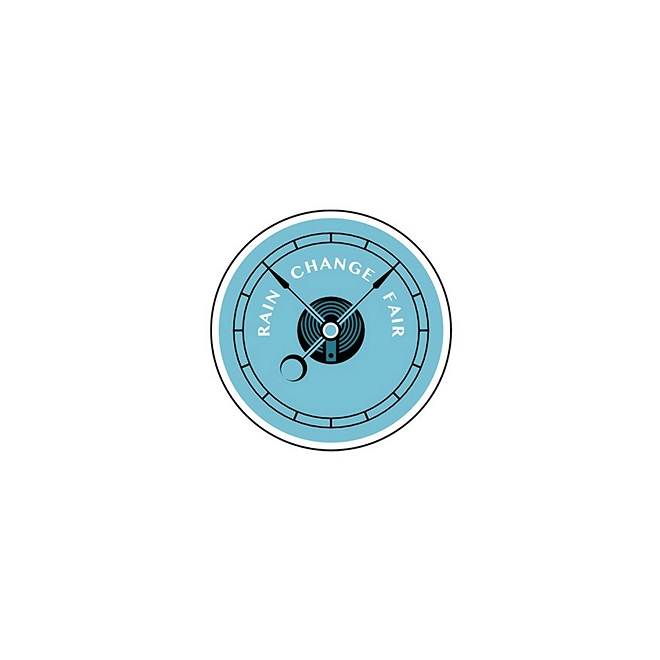Perspective
26 Sep 2018
5 minute read
The changing balance of power
There are many reasons for energy being so regularly on the front page. What was once a boring transactional activity is now the hot topic of water coolers, party room meetings and the catalyst for leadership challenges. The rising cost of bills has been the main driver – along with frequent regulatory reviews, a storm-induced black-out and the odd visit from a cleantech billionaire in his private jet.
Households and industry energy consumers are increasingly aware things are changing and their options are growing. It’s good news for the educated consumer.
Supporting Footnotes
AEMO Integrated System Plan 2018
Bloomberg New Energy Finance New Energy Outlook 2018



